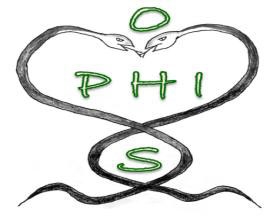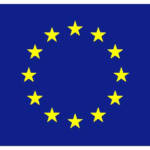This website uses cookies so that we can provide you with the best user experience possible. Cookie information is stored in your browser and performs functions such as recognising you when you return to our website and helping our team to understand which sections of the website you find most interesting and useful. More information in our Privacy Policy
OPHIS
Composite phenotypic triggers for bone and cartilage repair
Principal Investigator: Anna Tampieri
Involved Personnel: Simone Sprio, Monica Sandri
Administrative management/reporting: Laura Mengozzi
Starting Date: 21/05/2010
Duration: 48 months
Total Funding: 3.939.708 €
Action: FP7-NMP-2009-SMALL-3-246373
Coordinator: Anna Tampieri (CNR-ISTEC)
Consortium: 9 partners from 5 European Countries
Parners: Consiglio Nazionale Delle Ricerche (CNR-ISTEC Italy), Friedrich-Schiller-Universitaet Jena (FSUJ, Germany), University Of Brighton (UOB, United Kingdom), Universitaetsspital Basel (UHBS Switzerland), Fin-Ceramica Faenza Spa (FIN-CER Italy), Technische Universitaet Dresden (TUD Germany), Istituto Ortopedico Rizzoli (IOR, Italy), Laboratoire D’evalution Des Materiels Implantables Sa (LEMI, France), Universita Cattolica Del Sacro Cuore (UCSC, Italy)

Osteoarthritis (OA) and osteoporosis (OP) are disabling, degenerative bone diseases with significant economic and societal impacts. The incidence of these conditions increases with age but in recent years the number of younger patients has increased, due mainly to factors related to modern life-styles. The efficiency of current pharmacologic and implant-based solutions are limited and often poorly tolerated. OPHIS aims to develop new, engineered biomaterials for the regeneration of both the osteo-chondral region and the vertebral body degenerated by OA and OP.
These devices will be based on the unique combination of biological triggers in the form of (i) nanostructured biomaterials able to mimic the extracellular matrices of either bone or cartilage (ii) chemical and biochemical cues able to direct, control and preserve the phenotypes of the relevant cells in their respective histological compartments.
OPHIS will explore the frontiers of knowledge of the effect of nano-structures on tissue regeneration and lead to the de-novo design of active structures able to trigger this process.
User friendly and highly performing tissue substitutes will be developed as both acellular and cellular matrices for the regeneration of specific anatomical regions compromised by OA and OP. Focus will also be given to the study of the interactions occurring at nano-scale level between the implanted materials and the natural tissues. This information will complement the body of data obtained through clinically reflective in vitro and in vivo models. Dissemination will be integrated step-wise with the strategy for intellectual property protection and exploitation.


